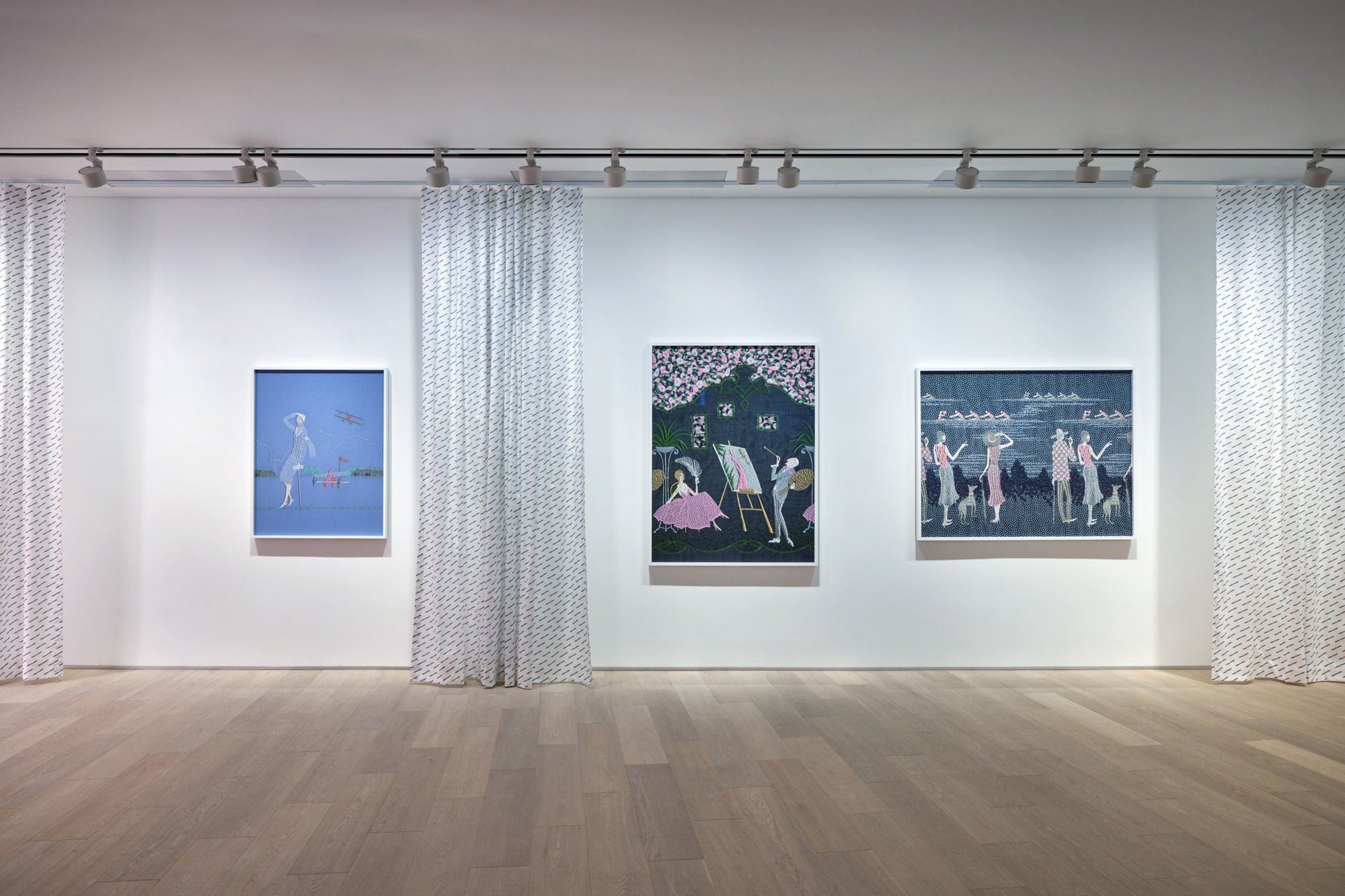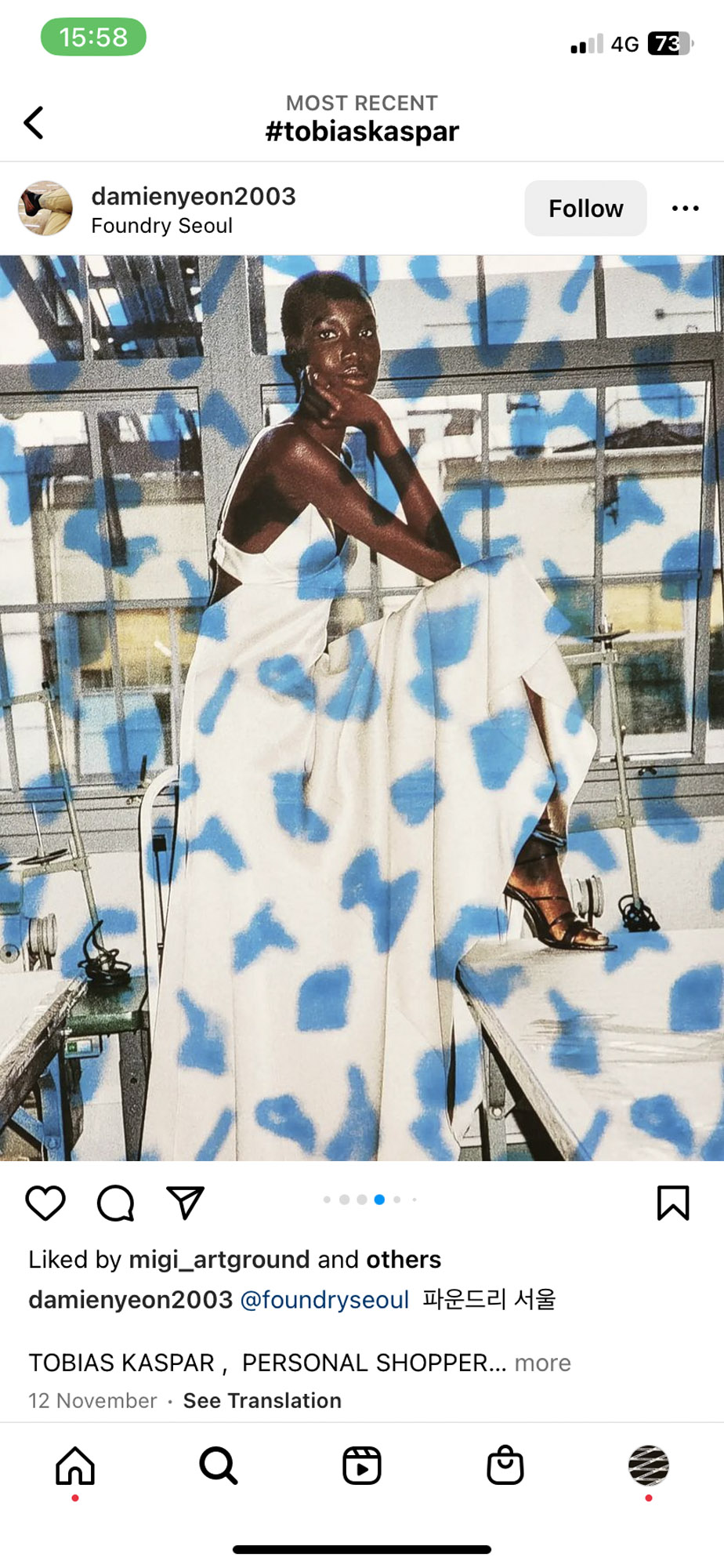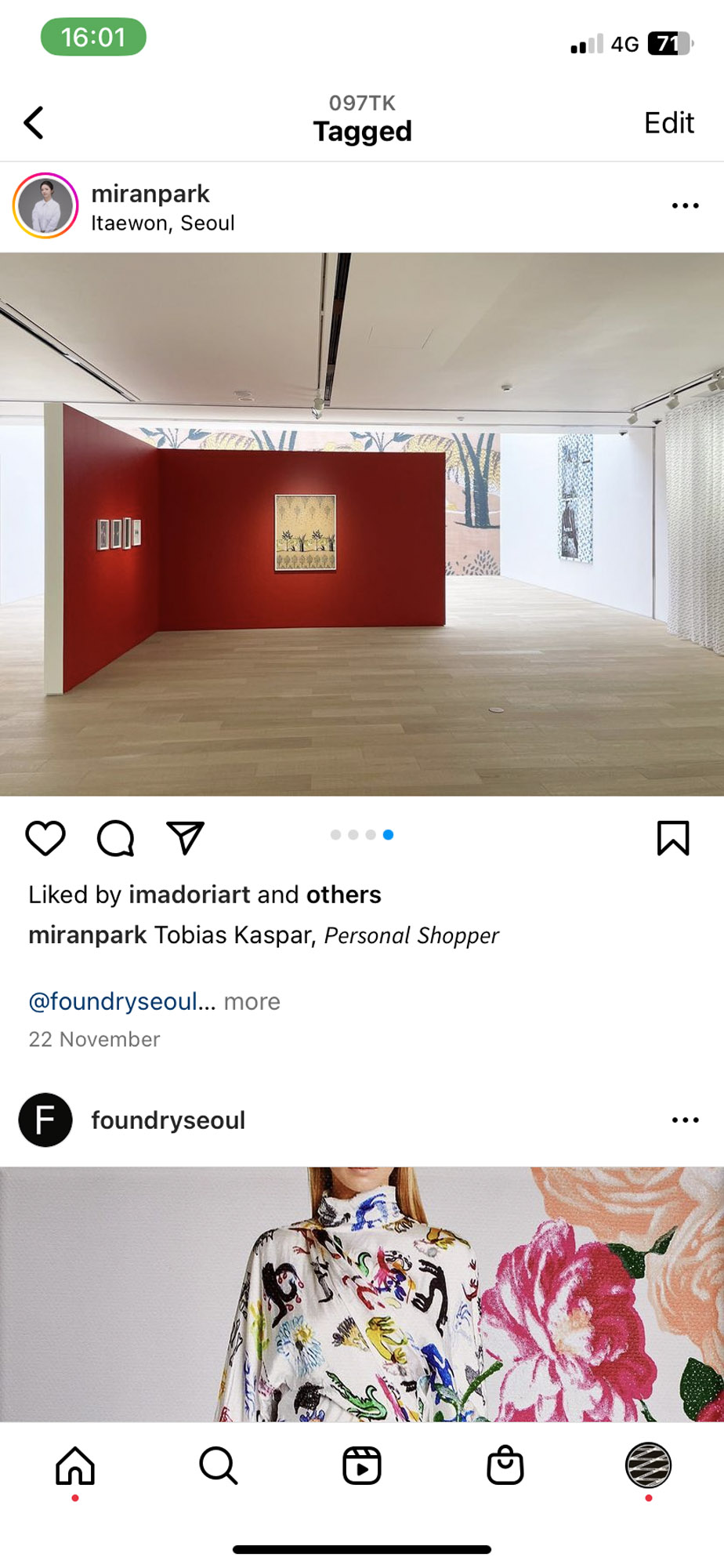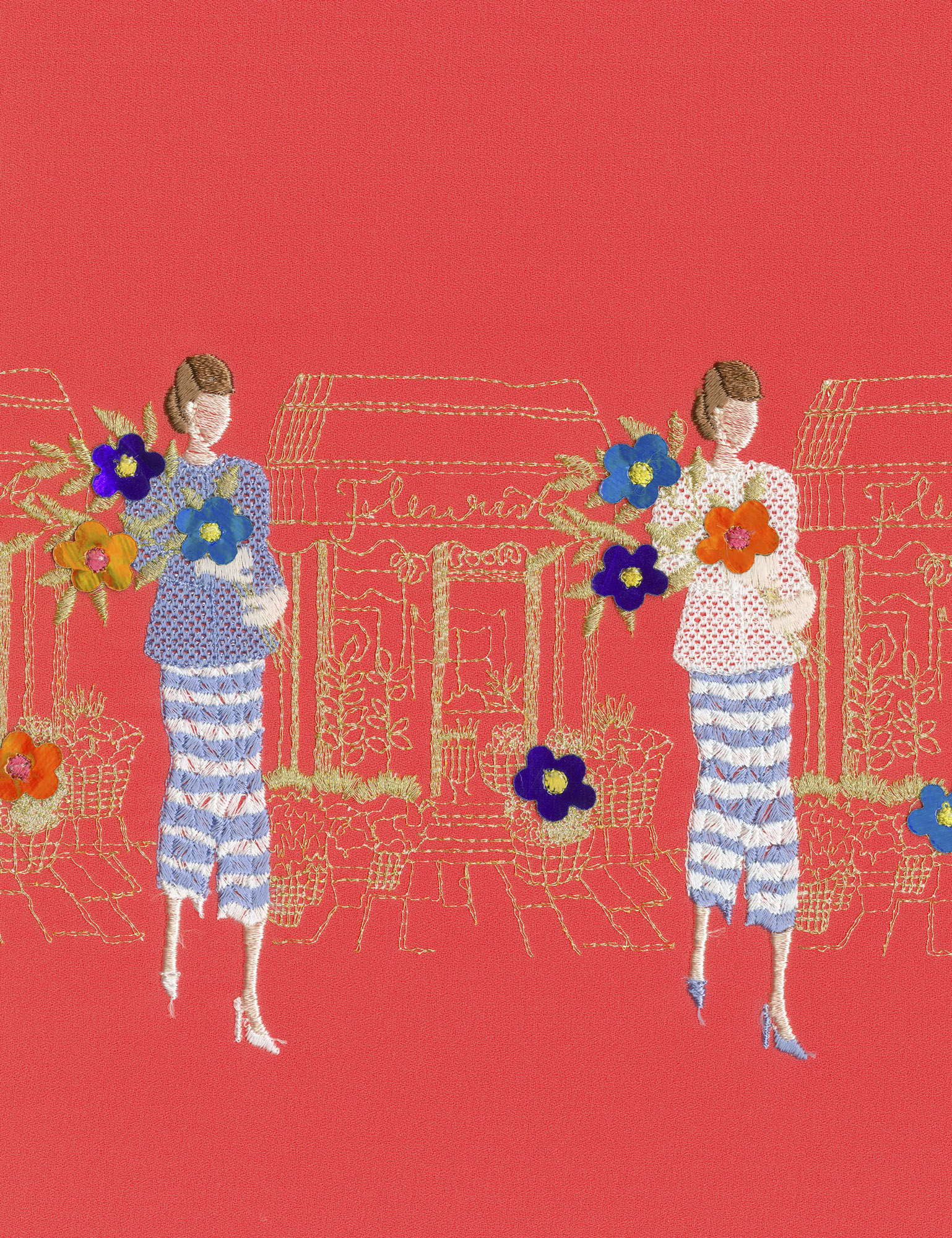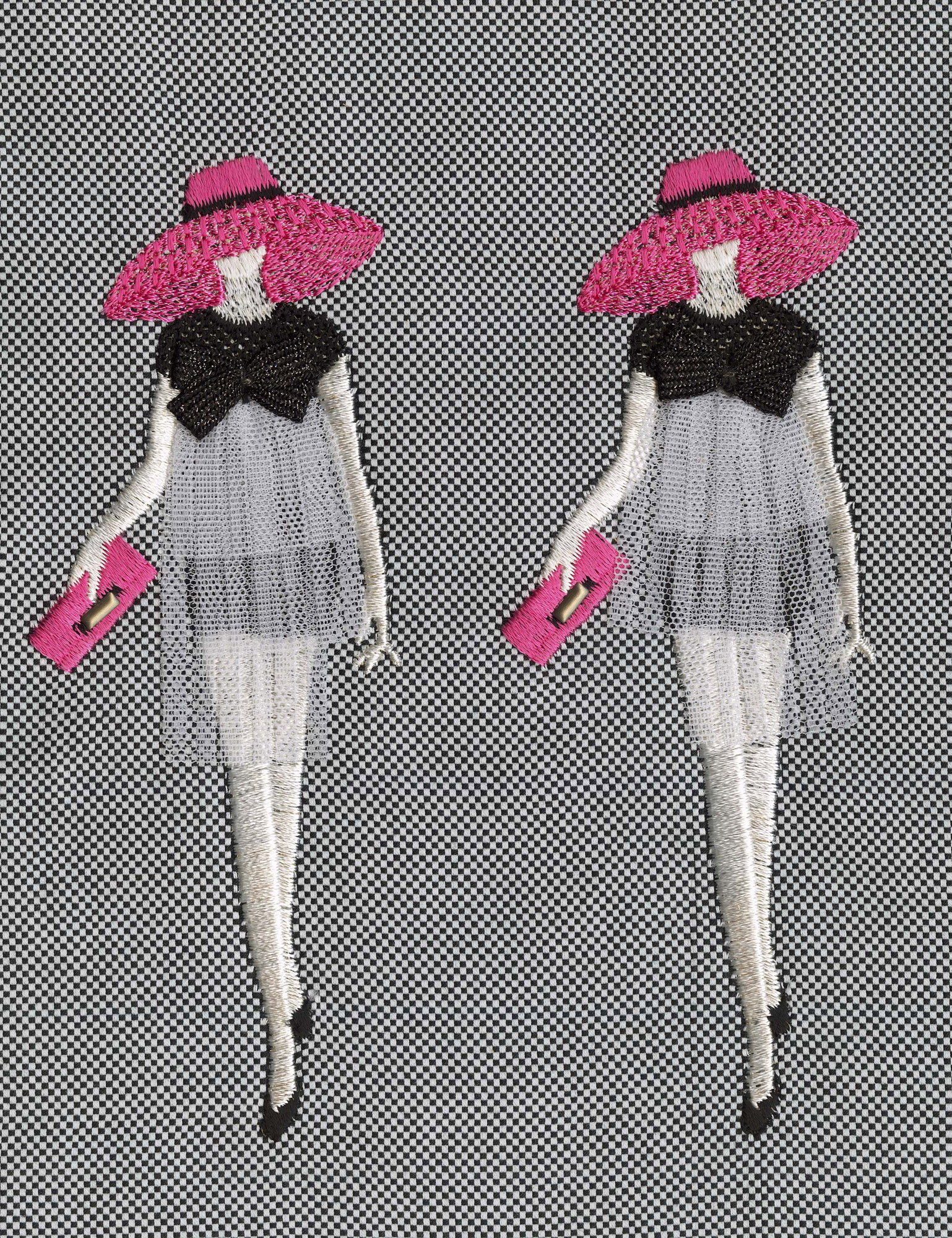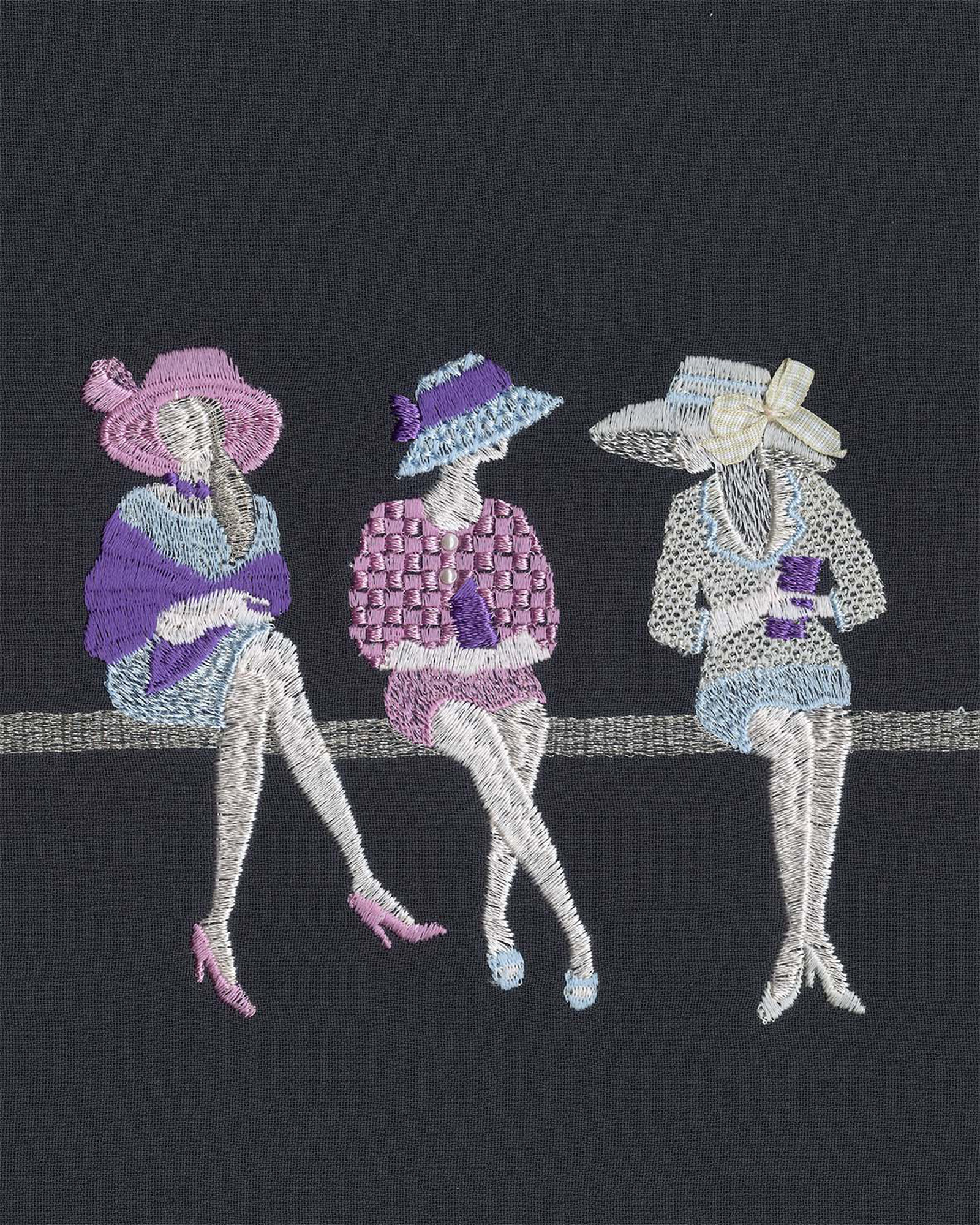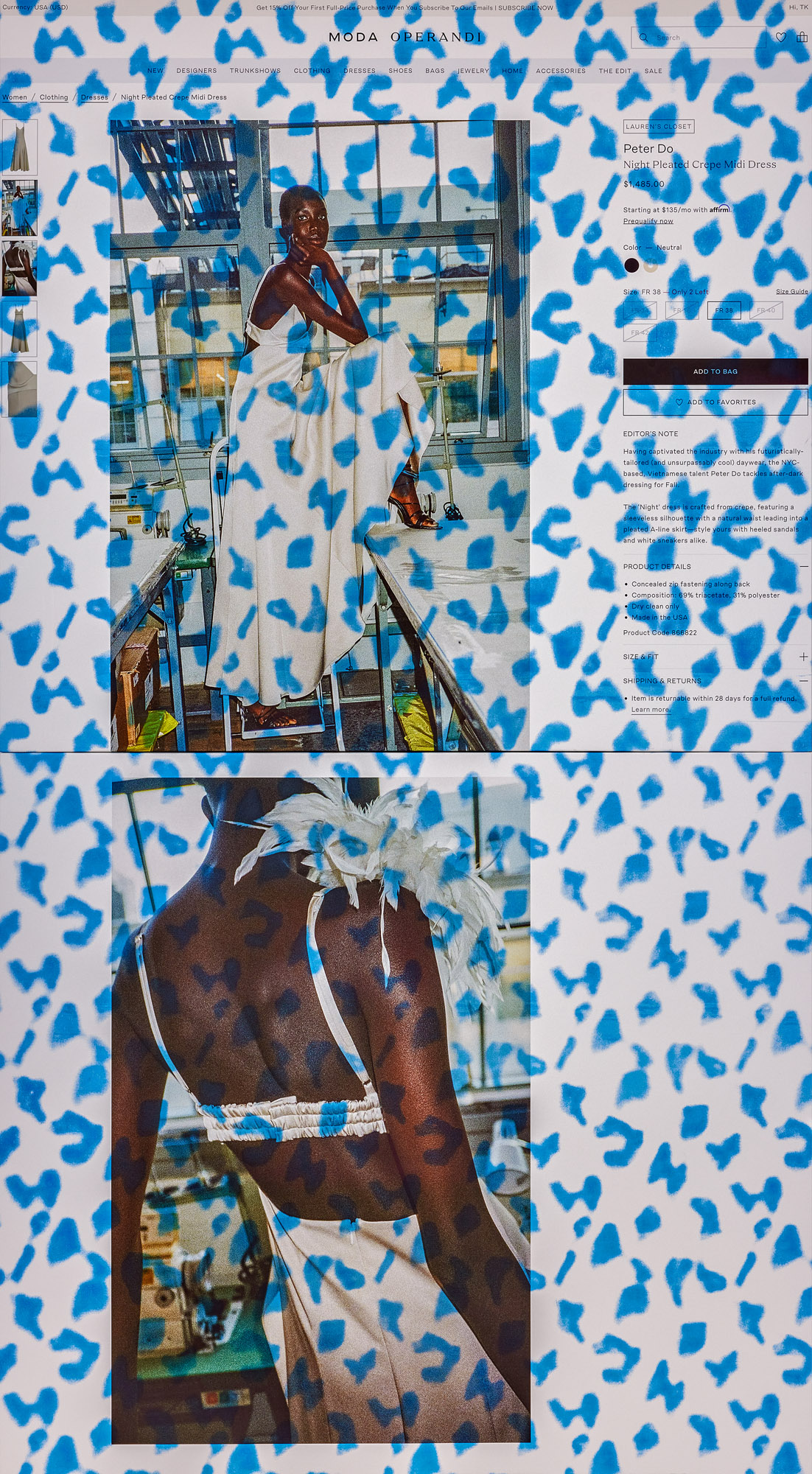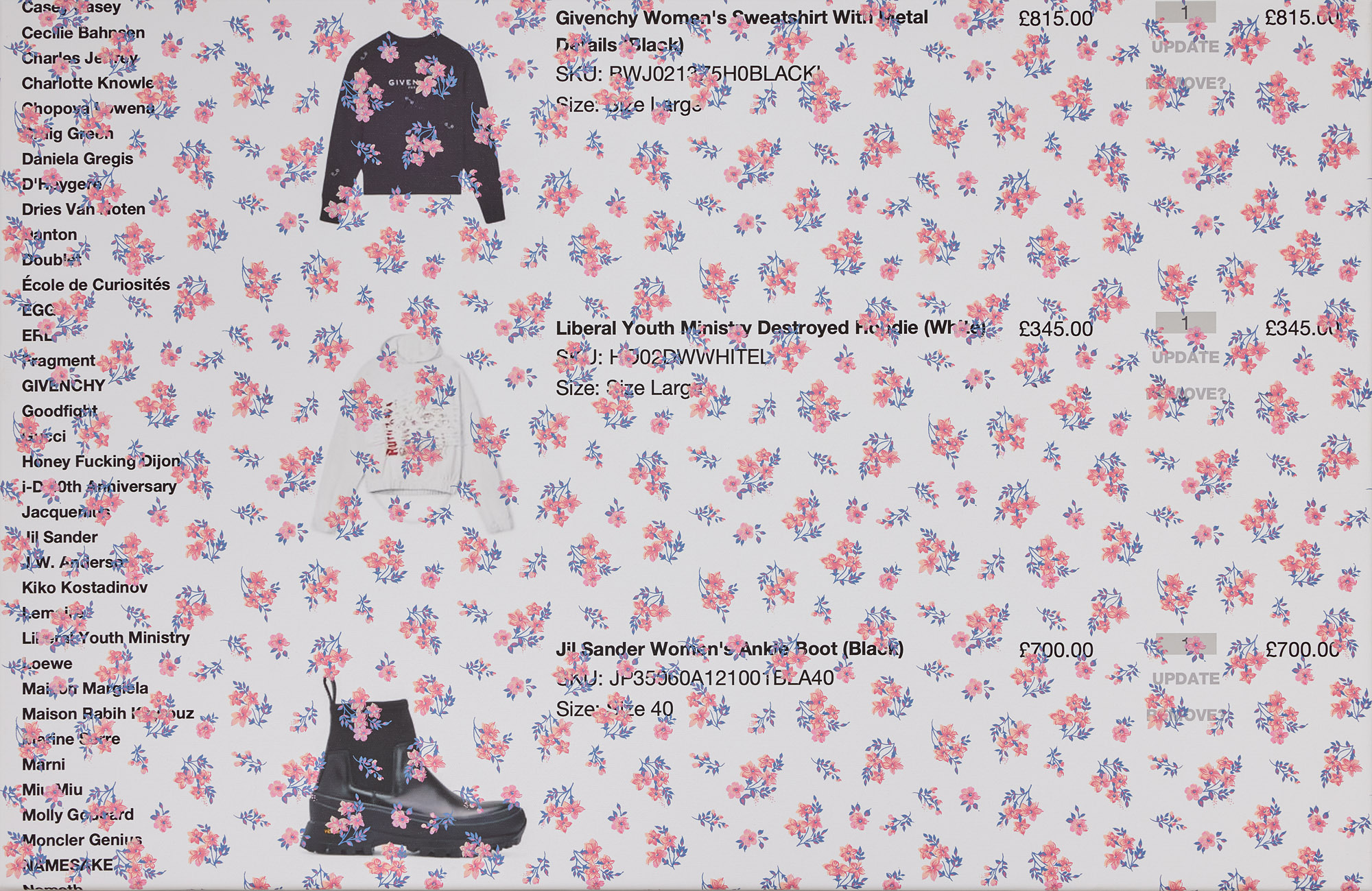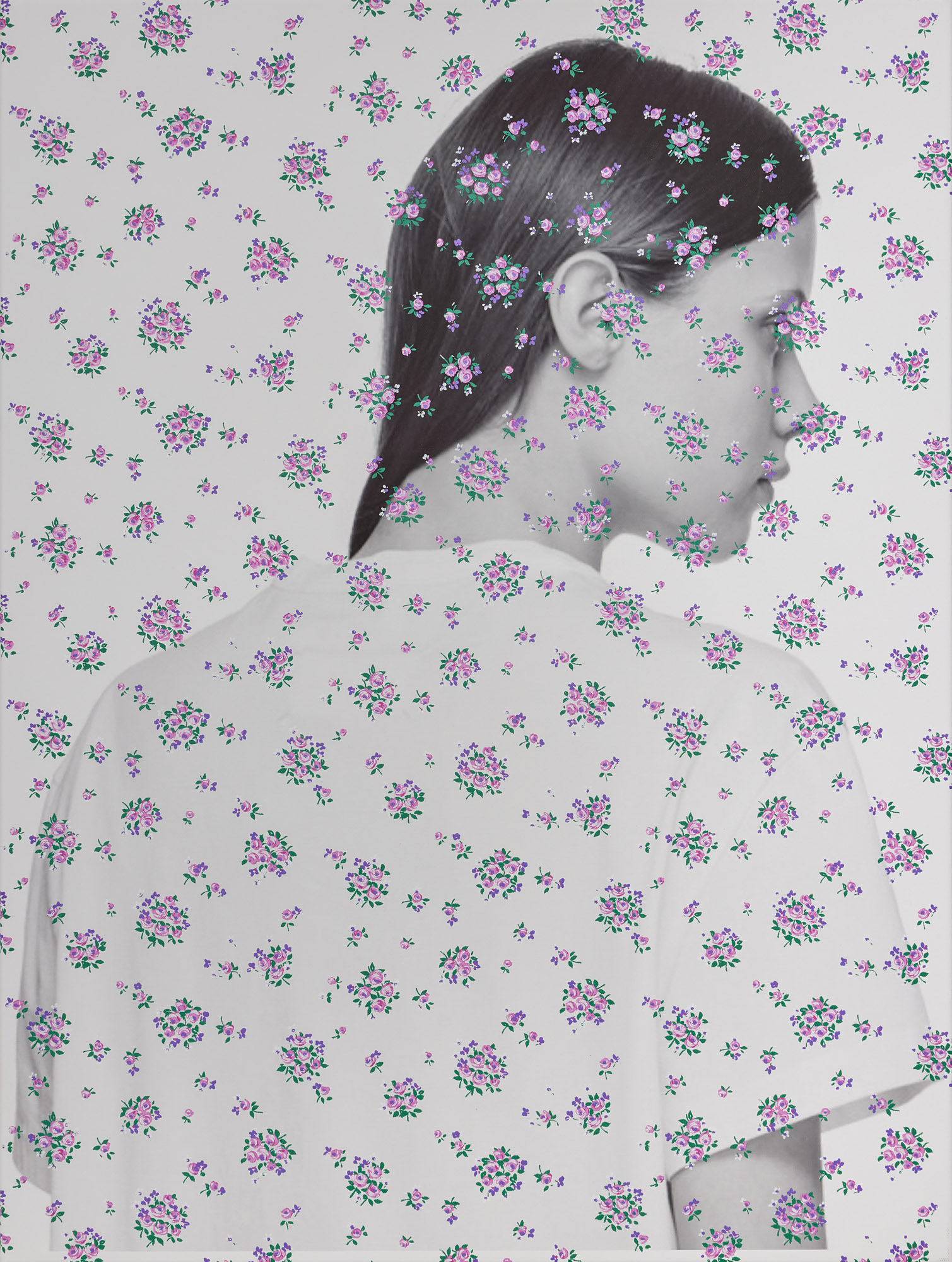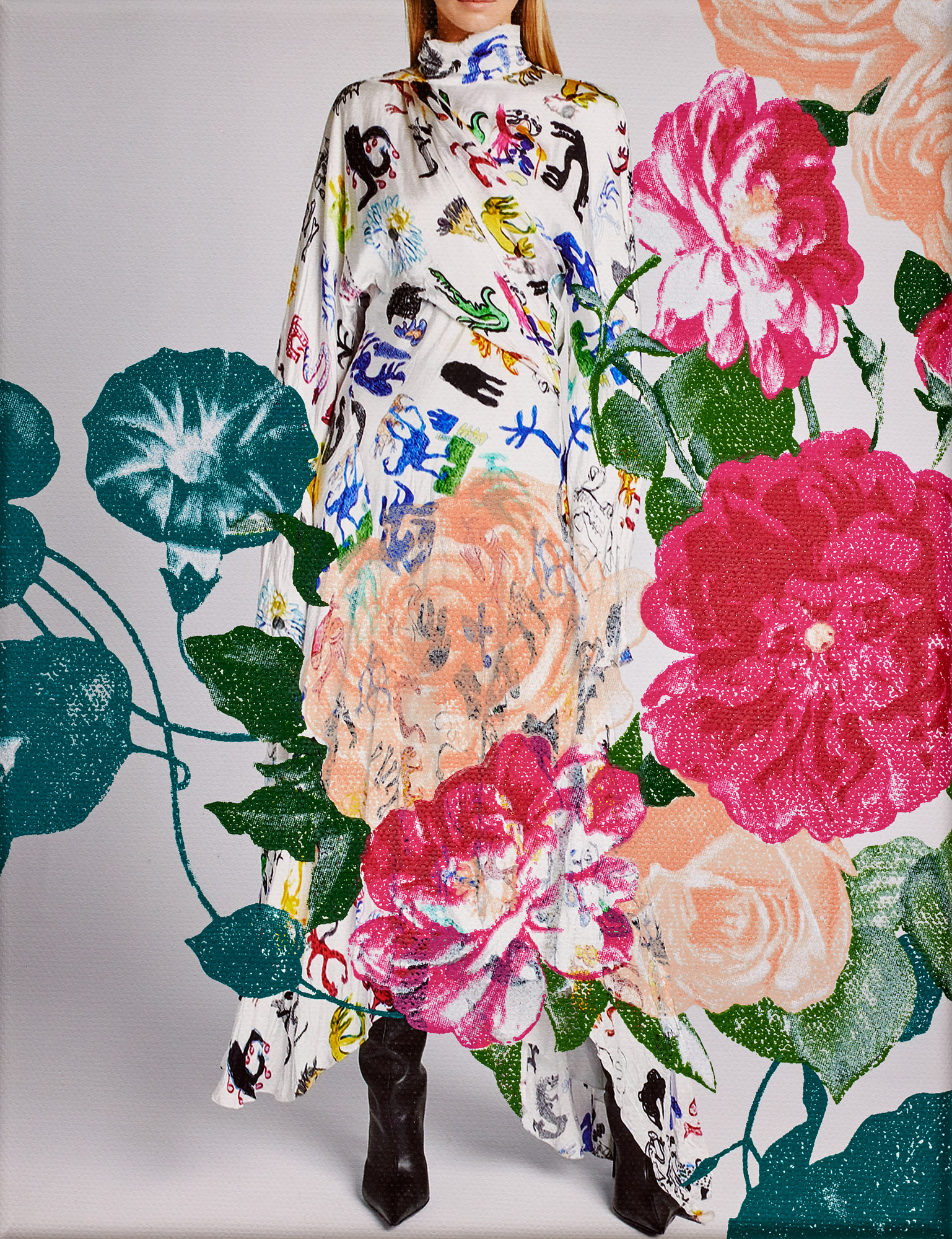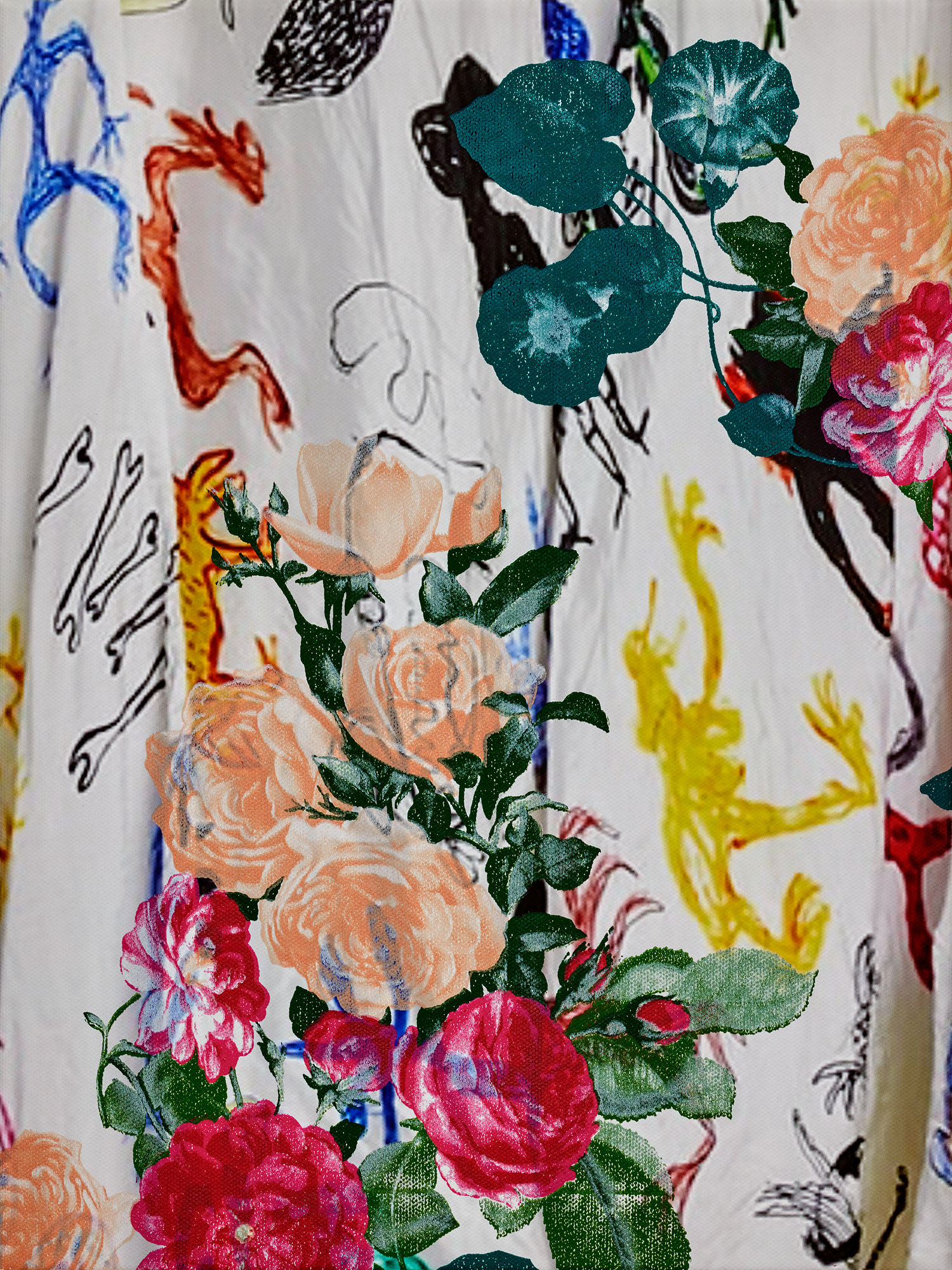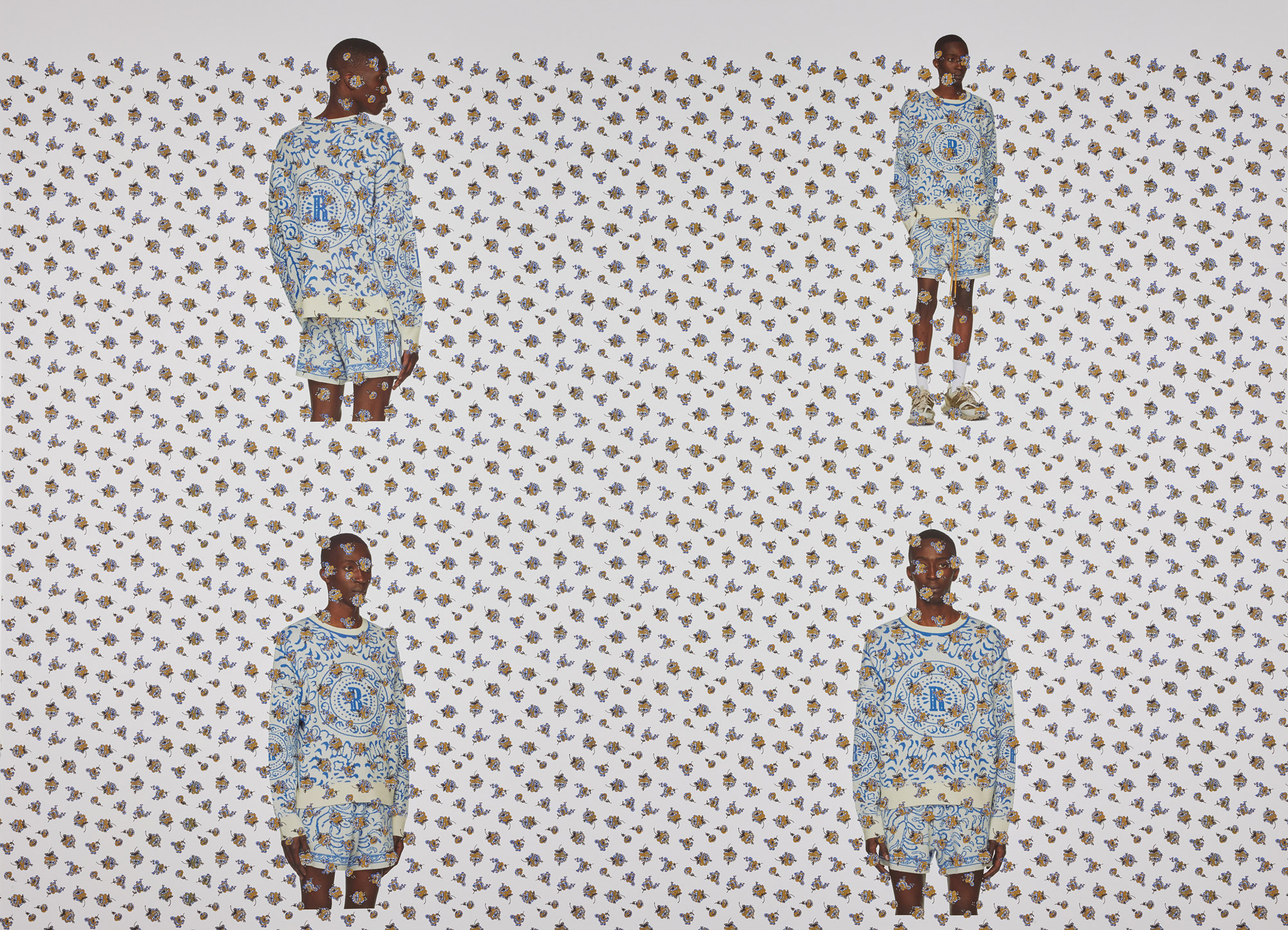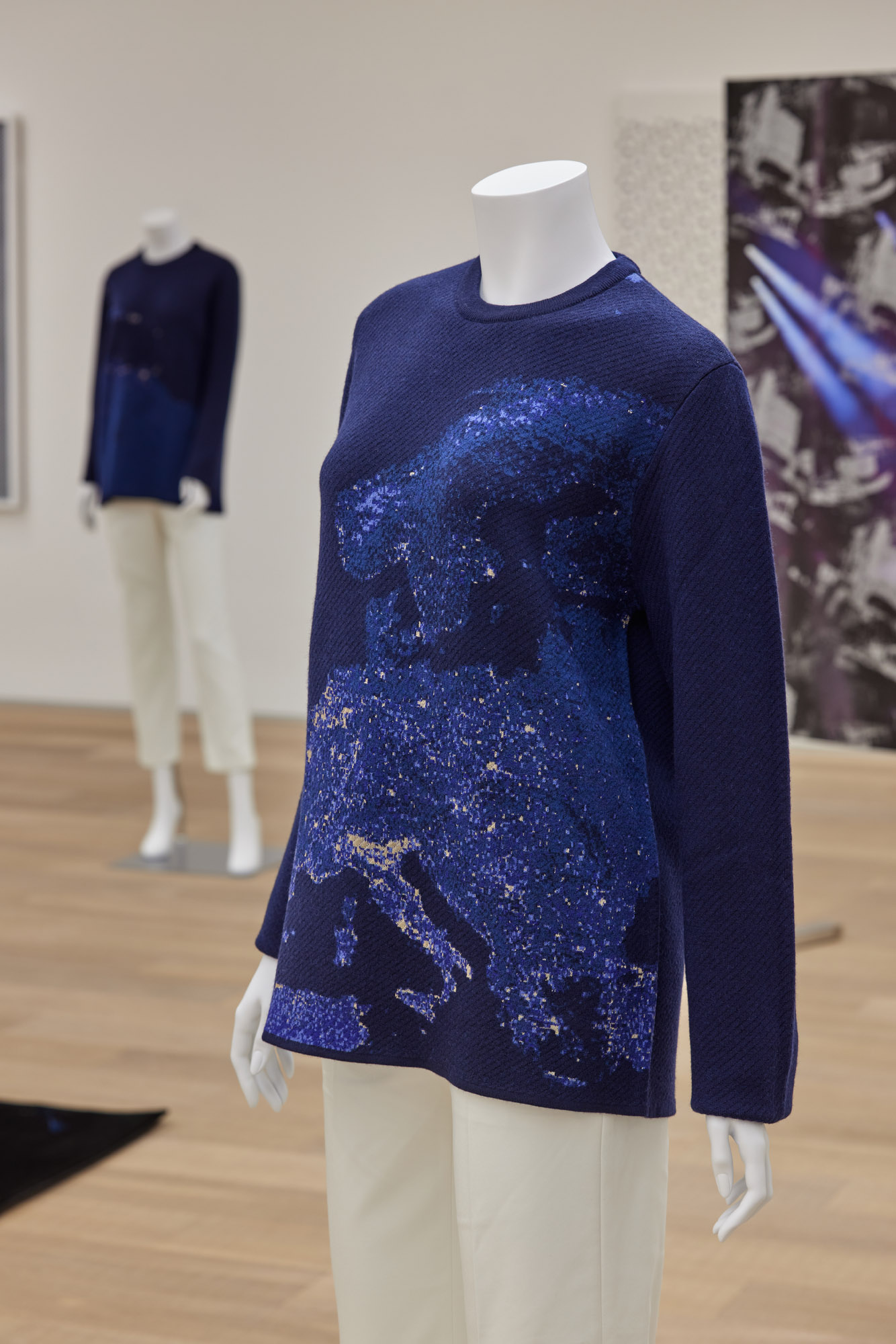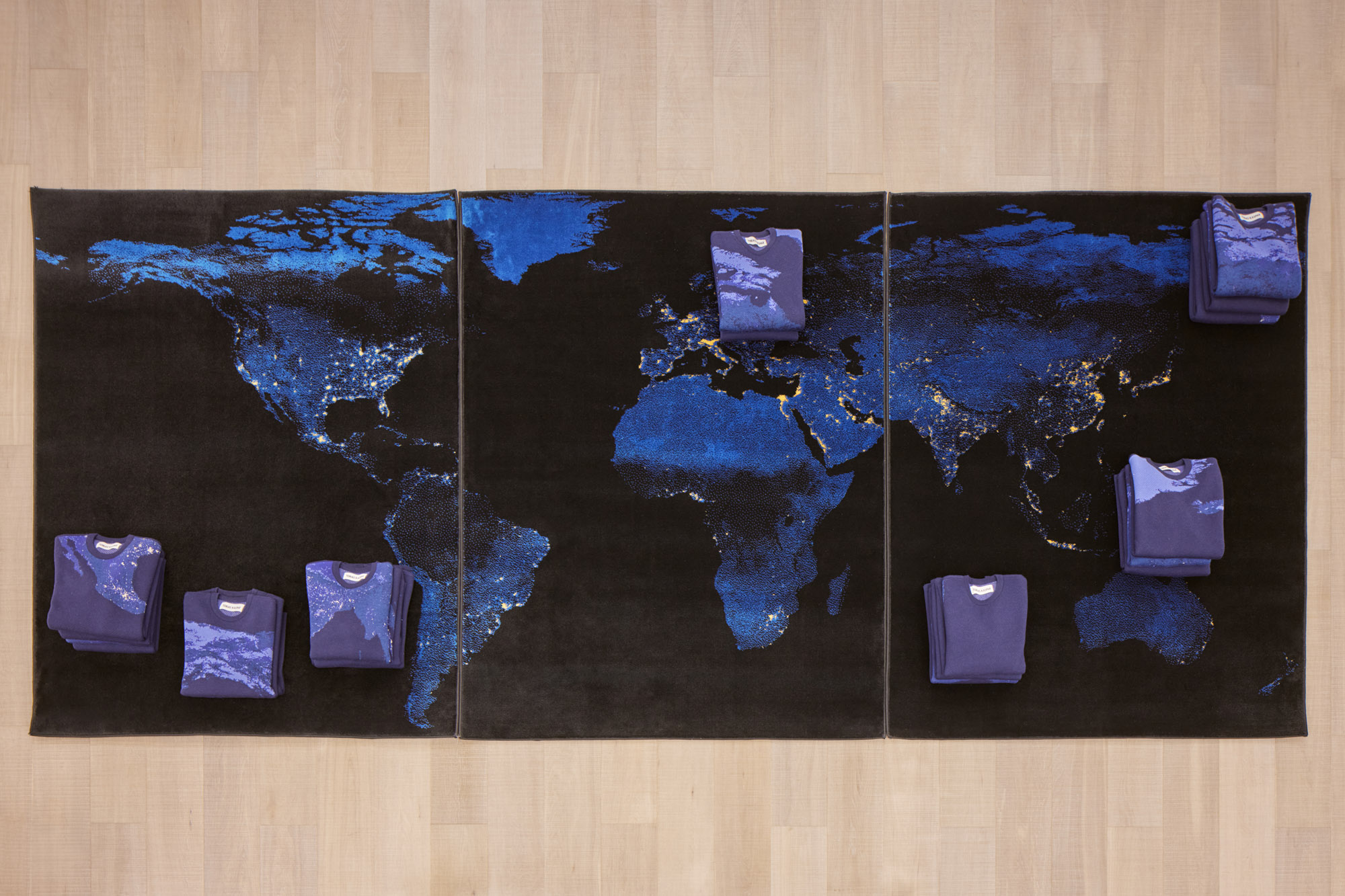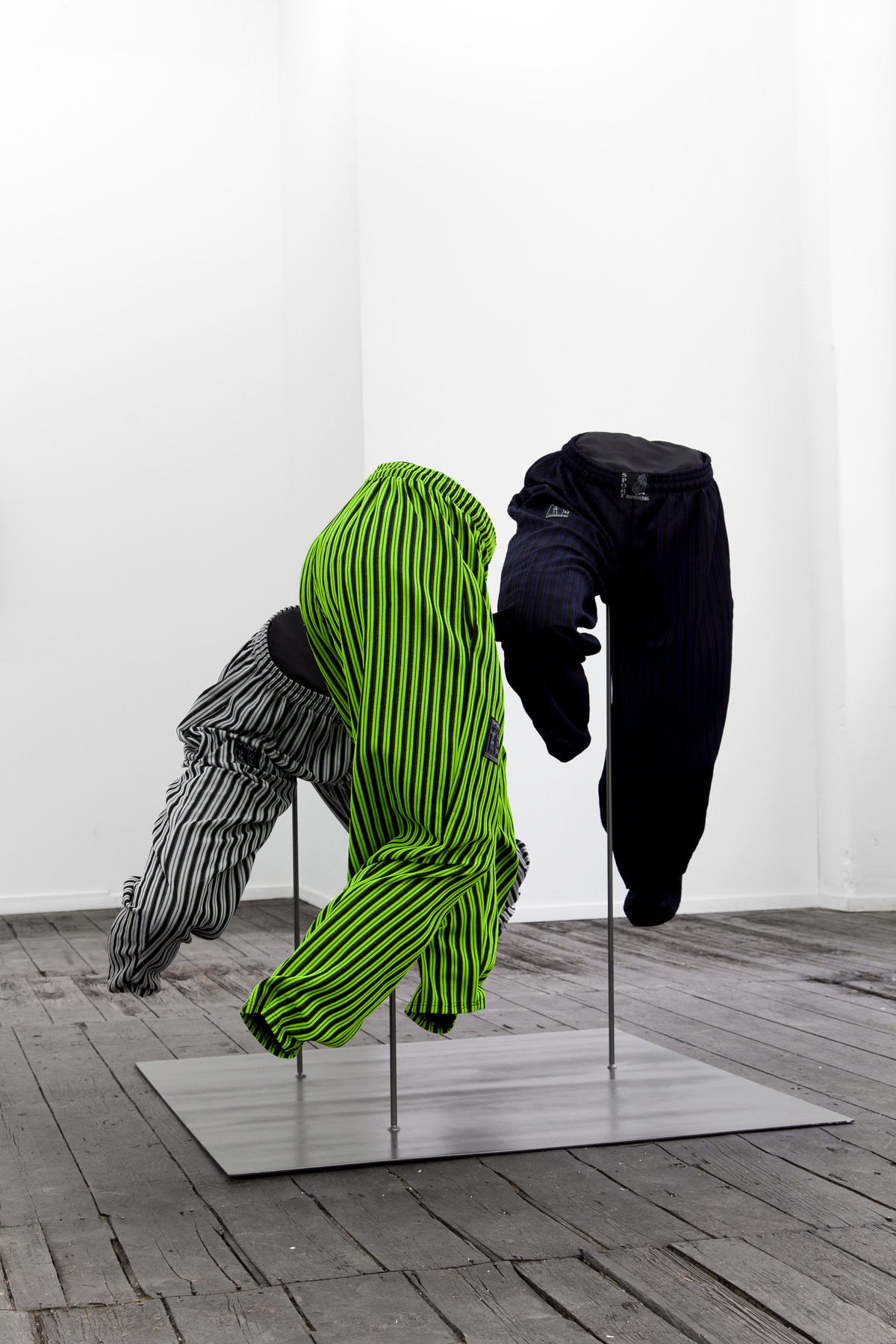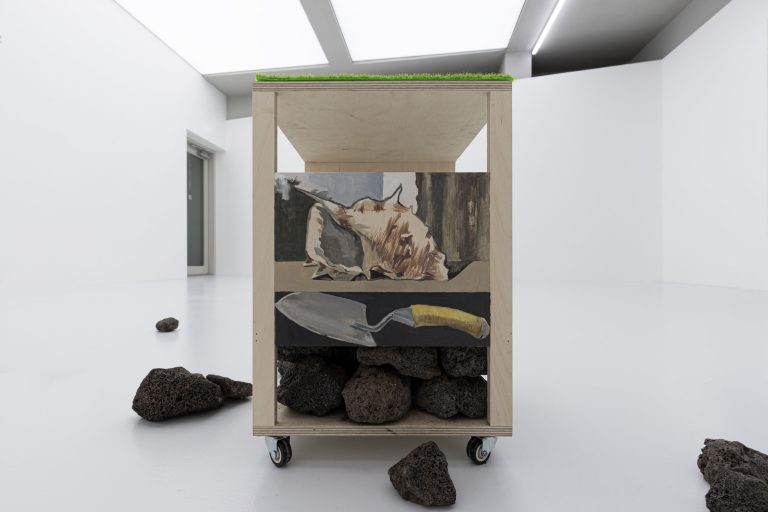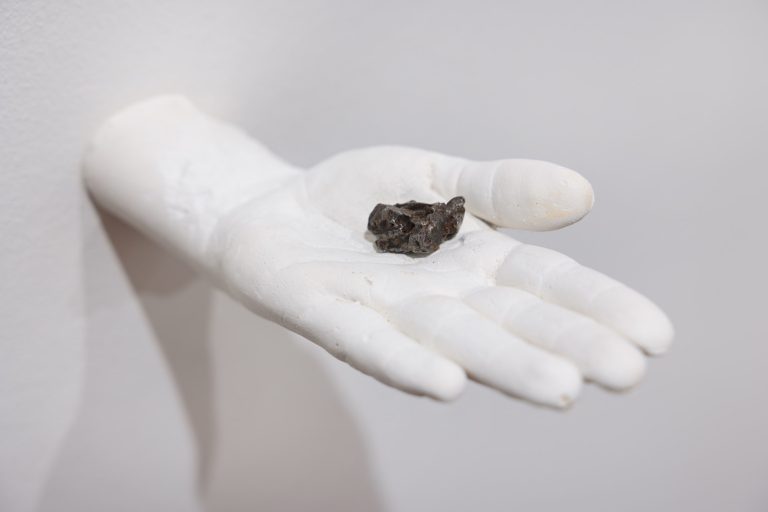Artist: Tobias Kaspar
Exhibition title: Personal Shopper
Venue: Foundry Seoul, Seoul, South Korea
Date: October 22 – December 18, 2022
Photography: all images copyright and courtesy of the artist and Foundry Seoul
FOUNDRY SEOUL is pleased to present Zurich and Riga-based artist Tobias Kaspar and his first solo exhibition in South Korea, Personal Shopper, from October 22 to December 18, 2022. Kaspar investigates how the consumer desires and values of today’s society are created and changed through a diverse range of media that include painting, photography, video, publishing, and installation. The artist is profoundly interested in fashion, which not only has a huge impact on the formation of individual identity and patterns of behavior in our time but also deftly captures and swiftly reflects changes in contemporary social phenomena. His pieces transpose the grammar of fashion and the methods of its production.
This exhibition features 32 new and recent works from Personal Shopper, The Japan Collection, and Epicenter, three series that Kaspar has focused on over the past years, with the installation works planned for Foundry Seoul’s exhibition space. These pieces will provide a well-rounded introduction to the oeuvre of this “mischievous artist” who puts a critical eye on the contemporary in a visual language that is fickle yet elegant.
Personal Shopper
Personal Shopper (which shares the name of this exhibition) is a series of paintings that began in 2021 during the lockdowns triggered by COVID-19. The full-fledged emergence of online platforms during the pandemic and the new consumer habits that formed, as a result, were notable phenomena for an artist like Kaspar who has studied how fashion and style, and codes of consumption change amid our changing society. Through this series, the artist asks how those phenomena are altering the images and messages with which the fashion industry captivates consumers and what impact those changes are having on the contemporaries.
The paintings in the Personal Shopper series are made by printing screenshots of several scenes from online fashion stores on canvas and then placing on top silkscreens of repeated brushstrokes or various patterns that were used to produce haute-couture fabrics. The first layer is composed of scenes carefully planned to draw consumers’ attention, such as a closeup of a face or a full-body shot of a posing model, or scenes that reveal consumers’ tastes, such as a cart full of products on an online store. Then that is overlayed with “painterly gestures” such as patterns mimicking brushstrokes, brand logos, and floral bouquets and wildflowers selected from a Swiss archive of fabric patterns. By choosing a mechanical method of creation and the artificial materials of screenshots and silkscreen patterns, Kaspar deliberately controls the influence of his improvision and individuality as an artist. That reflects his strategy of actively applying the “industrial” aspect of fashion to the area of art and of attempting to expand art on a formal level. At the same time, pieces that have been created through the overlap of two “screens” remind us of the contemporary practice of consuming and appreciating fashion and art through the screen. These pieces also kindle expectations about the expanded interpretations and scenes that will be newly presented as these two areas respond to rapid changes in media and the environment.
The Japan Collection
The Japan Collection is a series of high-resolution photographs of an archive of embroideries produced in St. Gallen, Switzerland, and had become extremely popular in Japan in the 1960s. After taking high-resolution photographs of the embroideries, the artist blows them up to various sizes, some as large as a human being. These photographs reveal not only the texture of the fabric and the threads of the embroidery but also every last particle of dust that has settled on the fabric. By defamiliarizing the objects represented in unfamiliar sizes or by revealing their hidden aspects, these photographs stimulate the viewer to perceive the objects anew and contemplate the mechanisms that underlie fashion and fads, and consumption and desire.
Since the beginning of his career, Kaspar has worked with facilities in the fashion industry such as textile factories and sewing factories to create artwork. Along the way, he encountered a fascinating archive in St. Gallen, Switzerland, which had been a major producer of luxury fabrics supplied to haute-couture fashion houses. It was an archive of embroidery patterns that was massively exported to in Japan in the 1960s. The patterns showed people engaged in recreational activities such as boating and hunting, tea parties held in rococo-style rooms female shoppers wearing trendy dresses of the days, and exotic and attractive animals and landscapes, all embroidered in realistic detail. Those patterns were sensationally popular at a time when the “European” lifestyle was idolized in Japan, and for a time nearly all the embroidered fabric produced here was exported exclusively to Japan. From the story of this archive, Kaspar ascertained a fascinating cycle in which fashion and style evoke the desire to be someone other than who we are, transcending national boundaries and cultural differences to become a massive cultural phenomenon. Since 2018, he has been releasing pieces in The Japan Collection, a series of photographs that make use of the patterns from the archive.
Epicenter
Epicenter, located in the center of Exhibition Hall I, is an installation piece composed of 3 carpets, 27 wool sweaters, and the photograph Earth at Night, which was taken by a NASA satellite. This unusual image of the earth—which only shows the distribution of lights beyond the geographical features or national borders—immediately captivates the audience. The artist collaborated with a sweater manufacturing factory to produce sweaters and carpets with a pattern based on this photograph and arranges the pieces to resemble a fashion runway. Here, one example of the fashion industry’s practice of foregrounding spectacle to arouse public curiosity and penetrate deep into desire is captured as the artist attempts to recontextualize that practice within art, creating an opportunity to contemplate and review contemporary phenomena from a new perspective.




